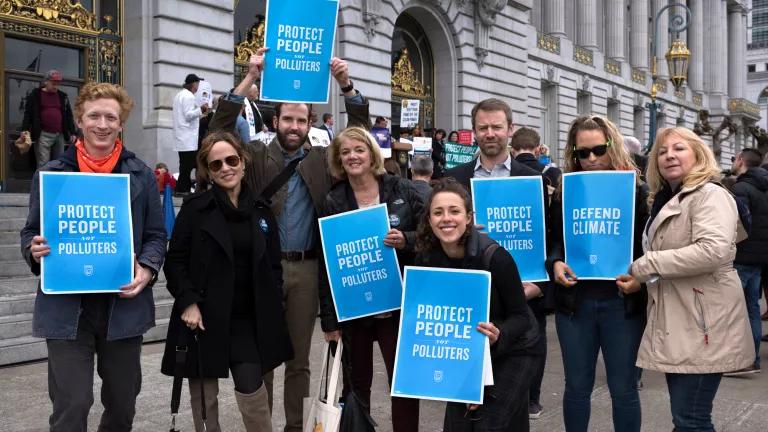What Could You Do with Another 100 Hours a Year?

If you’ve been in Los Angeles recently, you may have noticed—while stuck in traffic along Olympic, Sunset or Sawtelle—some colorful new billboards reminding you of all of the great things you could be doing if your eyes weren’t fixed on those signs while at a standstill.

The billboards aren’t meant to frustrate you further. They’re part of a recently launched campaign called 100 Hours—an effort by the Southern California Association of Governments (SCAG) to start a regional conversation about time lost to traffic and what we can do about it.
It turns out that Angelenos spend a staggering average of 104 hours per year, to be precise, sitting in traffic—a figure that makes Los Angeles not just the worst for traffic delays in the United States but among the worst in the world.

There is a significant cost to this number, both in money and time lost but also in personal sacrifice. Wasted fuel and lost productivity cost each of us $2,400 a year on average, and indications are our relationships and social and professional opportunities suffer when we avoid what will inevitably be agonizing car trips to facilitate face-to-face connection.
In addition, all this traffic and driving means that transportation is the leading source of climate change in California and the rest of the nation.
California can do better
California is an international leader in tackling climate change, and our efforts on renewable energy, energy efficiency and climate have been replicated in dozens of places. But on transportation, California is failing.
NRDC is working in partnership with the Southern California Association of Governments to learn from other cities around the world and our own residents what innovative mobility options will help us tackle traffic.
One such answer under consideration is a “Go Zone”—areas in the city where multiple transportation solutions are deployed to break through congestion. As the 100 Hours website discusses, a Go Zone can include: more frequent buses, trains and shuttles, shared mobility choices such as bikeshare and dynamically routed ridesharing, as well as improvements to make walking and biking safer. Go Zones also include the option of market pricing for use of high-traffic routes during peak times—a concept used with remarkable success in other global cities once crippled by traffic.
In Stockholm, for example, after launching market pricing, planners documented a 45% reduction in the incidence of childhood asthma as the number of pollution-producing vehicles entering Stockholm’s congestion zone decreased by more than 20%. Newspapers that had editorialized extensively against the concept later proclaimed it was an overnight success, publishing images of clogged streets the day before the policy went into effect and rapidly moving ones the day after.
In London, there was a 16% reduction in carbon pollution; and due to the 20% fewer cars driving into the city, planners were able to create highly popular pedestrian areas, such as Trafalgar Square, which were no longer choked with traffic and pollution.
LA can lead the U.S.
Both of the above programs have enjoyed overwhelming public support, and Los Angeles can lead the United States in innovation on such a project. If we are serious about solving congestion, we have to start looking at real solutions. We know by now that building bigger roads simply increases the problem. Things can’t go on as they have—with traffic growing year by year, hurting our economy and our people.
How can we solve traffic congestion in a way that improves our environment and gets LA moving again? We’d love to hear from you about what mobility solutions you’re most interested in and what you think we should focus on to implement a Go Zone. Share your thoughts with us on Twitter, Facebook, or in person at one of our upcoming events. Help Los Angeles go from one of the worst in the world for traffic to being first in innovation.



